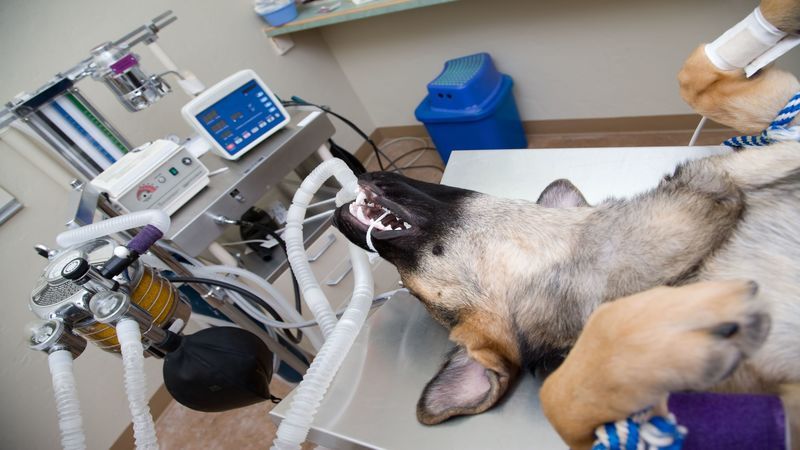Every single pet is at risk of catching fleas, regardless of whether they spend time indoors or outdoors. Pets meet other pets who carry fleas and those fleas are quickly transmitted between animals of all varieties. Inviting your family or friends over with their pet also brings other strains of fleas into your home and they live very happily inside warm fluffy carpets. You can detect any signs of fleas on your dog by doing a simple check. Their tummy and groin area is the most likely place you will find fleas, so regularly check those areas. Also, you will probably notice your dog scratching more than usually, so it might be time to have them looked at by a vet in Durham, or wherever you live.
Skin Infestations
You dog might be losing fur because of the scratching at the skin irritations caused by the fleas biting. Also, you may see obvious signs of skin lesions and skin discoloration that are also clear indications of a flea infestation. Losing fur is generally not a sign of fleas but the scratching and the biting that goes on will cause bald spots in dogs and cats alike. You should also check behind your dog’s ears as a way of testing for fleas. Also check the underside of their tail, where you can find out if they have worms at the same time. Use a flea comb to comb through your dog’s hair, if their hair is long, which will eliminate some, but not all. Then treat them with a strong flea medicine.
Flea Infestation Consequences
Flea infestations are serious and flea bites can be fatal to your dog. At best they cause nothing but misery and discomfort, but an infestation can trigger allergies and skin diseases such as dermatitis. Fleas feed on your pet’s blood, therefore, severe infestation can cause anaemia and potentially lead to death. They also carry tapeworm larvae so a dog is at risk of tapeworm infection as well as other possibly serious ailments that can harm or kill your pet. Treat your dog with a veterinary approved flea medicine on a regular basis and check them at least once a month for ticks, fleas and infections.
Click here for more information.







